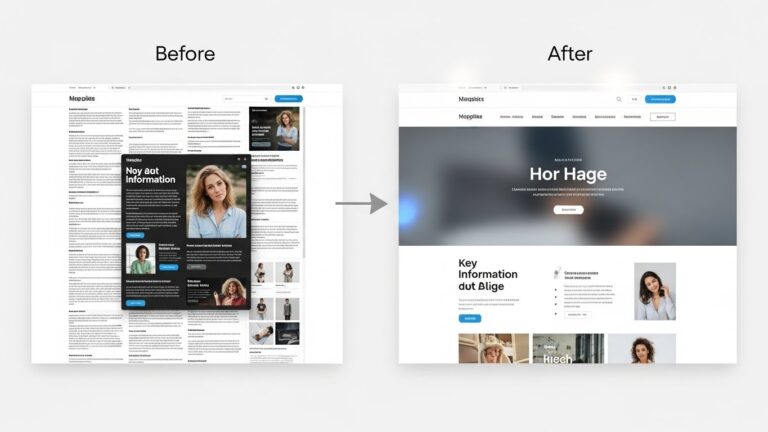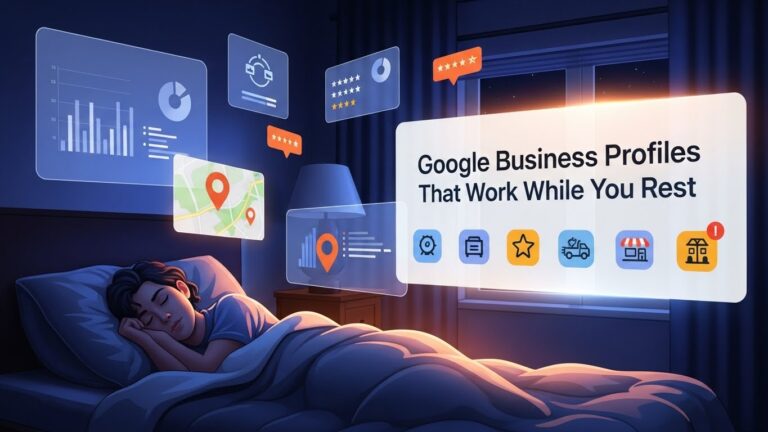 You've probably heard the horror stories: A beginning internet business owner decides to try AdWords and inadvertently spends thousands of dollars with no return. These horror stories happen because business owners aren't careful and just haven't learned the basics of how not to throw money away on Google AdWords.
You've probably heard the horror stories: A beginning internet business owner decides to try AdWords and inadvertently spends thousands of dollars with no return. These horror stories happen because business owners aren't careful and just haven't learned the basics of how not to throw money away on Google AdWords.
How do you make sure you don't lose your shirt on AdWords while you build your way to a profitable campaign? Here's how.
Start with Search Only, No Partner Networks
By default, Google AdWords turns on both content networks and search partner networks for any campaign.
Never, ever combine a search campaign with a content network campaign. They should always be separated.
When you're first starting, make sure content network is turned off. Test on search first, then content network if search converts, as content network traffic tends to be quite a bit harder to convert.
Also turn off search partner networks when you're starting. This will reduce your traffic by a bit, but it also ensures that your traffic comes from just the highest quality source: Google.com. If search partners are on, you'll get traffic from other partner sites as well (example: AOL.com) whose quality isn't as high.
Set a Daily Budget
Set a daily budget. Generally it's a good idea to start with a lower budget and work your way up, rather than starting with a large budget and losing a lot of money.
Make sure that you set Google to distribute your traffic evenly throughout the day rather than rush you all the traffic possible. Keep it on this setting until you know you're converting.
When you know you're converting, increase your daily budget and tell Google to send you as much traffic as possible when it comes, rather than distributing your budget over the day.
Watch Your Quality Score
The difference between a “Good” quality score and a “Great” quality score can be as much as four times in the cost of CPCs.
Having a great quality score (QS) means having a content-rich, highly relevant landing page with keywords and ads that are all highly relevant. Your CTR also plays a large role in your QS.
If you have some keywords that are getting low QS ratings while others are getting high QS ratings, consider pausing the low QS rating keywords.
Your quality score has a huge impact on your ROI. Often times it's much more important to optimize for quality score rather than CPC or CTR.
Track Everything
Know where every single sale came from. The goal is to eventually eliminate all the keywords that aren't converting and have only converting keywords left. The only way that will happen is if you're tracking everything on the keyword level.
As a rule of thumb, spend double the payout/profit on any given keyword before ruling it out. For example, if you make $4 per lead on a pay-per-lead campaign, then spend $8 on a keyword before ruling it out as a non-converting keyword.
If you follow these tips and start small with a budget, run only on Google search, optimize for quality score and track every conversion back to the keyword level, you can safely know that you won't be throwing money away on Google AdWords. You'll also be on track to finding your first profitable campaign in the very near future.
![]() photo credit: Ivan Walsh
photo credit: Ivan Walsh




